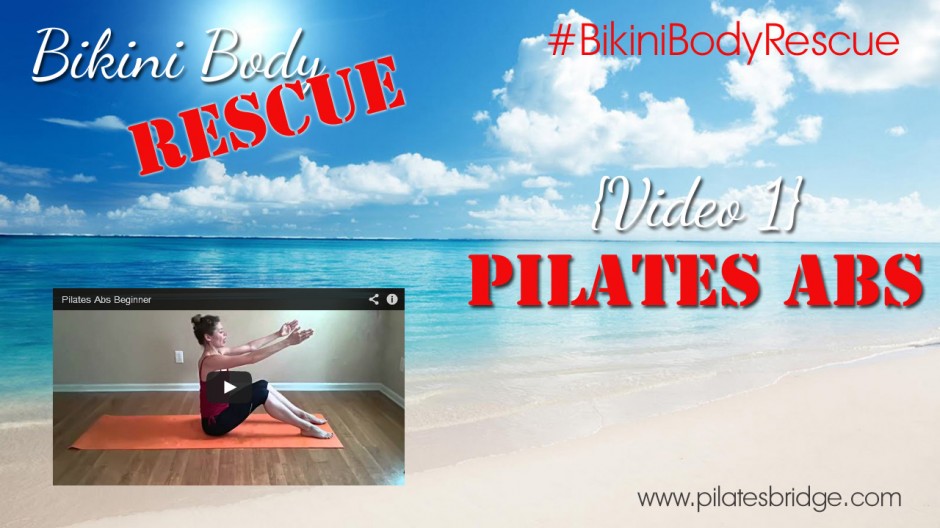
Before we jump to the workout let’s lay out our plan for the next 3 weeks. After all, making plans and setting realistic goals is the most important step to success.
Welcome to day 3 of #BikiniBodyRescue! I hope you have enjoyed the Pilates Abs workout and you are already feeling its effects (click here to do the workout again.) Staying physically active is just one part of getting swimsuit-ready. No matter how many laps you run or how many Pilates exercises you do you must … Read more

Before we jump to the workout let’s lay out our plan for the next 3 weeks. After all, making plans and setting realistic goals is the most important step to success.
Summer is here! Are you ready to pull out your bathing suit and head to the nearest swimming pool or pack your suitcase for a paradise getaway? Of course, you spent the last couple of months getting ready for this season, right? Oh, you haven’t? To tell you the truth, I haven’t either. Between selling … Read more
Back injuries are the most debilitating and at the same time common injuries of the modern society. Poor body alignment, sedentary lifestyle as well as inefficient body mechanics contribute to the fact that about 80% of adults experience lower back pain at some point of their lives. Eliminating or preventing back pain is one of the top reasons why people start doing Pilates.
Modern research proves the efficacy of the Pilates method to treat and prevent back pain. However, findings published by Professor Stuart McGill of the University of Waterloo in Canada show that traditional core strengthening exercises that involve loaded spinal flexion can and will eventually lead to back injuries. To learn more about professor McGill’s teachings please read Pilates for Healthy Backs: Teach Safely, Work Out Wisely. That is why it is important to teach Pilates (or any other fitness modality for that matter) with safe spine flexion techniques in mind. This is the only safe way to gain all the benefits of Pilates and enjoy a pain-free back.
Today I am talking to Rebecca Leone, a Pilates educator whose mission in life is educating the Pilates community about safe spine teaching techniques. So open your scratchpad or Evernote and start taking your notes as you listen to this interview. There is a lot of information to digest!
In this podcast we will discuss the following questions:

For over a decade Pilates has been deemed a viable method for treating chronic lower back pain that can be compared in effectiveness with physical therapy. Several studies were focused around measuring the effectiveness of the method as compared to other forms of exercise or no exercise at all.
There is still a lacking number of clinical studies that give a thorough overview of Pilates as a method to treat back pain. Some of the results are conflicting and it can be safely assumed that conflicts arise from the different styles of teaching Pilates.
However, if you go to any Pilates studio you will find a growing number of people who ascribe their back health to a regular Pilates practice.
This short Pilates workout is designed to help you connect to the deep core musculature. This connection is the cornerstone of a successful practice and a healthy injury-free body. No matter what your fitness level is, take 15 minutes to tap deeper into your core and find the mindful body-brain connection that will transform your practice and your body. This 15-minute Pilates workout will teach you to